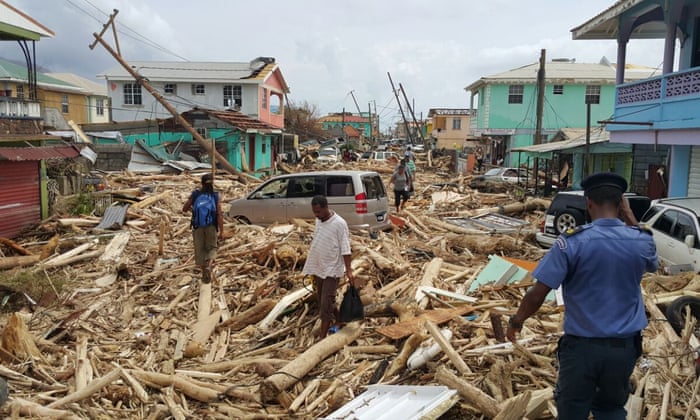A place in the sun, in Hurricane Alley: was this my worst investment ever?

A
fter 28 winters in New England we decided it was time to become snowbirds, heading south in winter. I broke my ankle a couple of years ago on the ice and can no longer rush off to the ski slopes. Minus 40C looks singularly less attractive than heading south for the winter, so in June we finally bought ourselves a vacation home on Sanibel Island in Florida.
It is a barrier island, with maximum elevation of about 6ft above sea level. Houses built in the last few decades, including ours, are on stilts. The plan was to spend a large part of my sabbatical there this year. We were all set to drive down to arrive on Sunday 13 September.
Then Hurricane Irma appeared in the Caribbean and headed our way. Irma was the big sister of Harvey, the first major hurricane to make landfall in the United States since Wilma in 2005. Irma devastated Houston, Texas, a few weeks ago and killed scores of people in the US. Estimates are that it will have knocked half a percent from US GDP in 2017, although the economics of disasters means that rebuilding may boost GDP in 2018 and beyond.
I woke on Sunday morning 13 September and looked at the Weather Channel app on my phone, which said we were forecast to get winds of 120mph-140mph and a 10ft to 15ft high storm surge. That would wipe out our house. At the very least the roof would sail away into the Gulf. We checked our insurance and worried that we hadn’t enough. This was starting to look like the worst investment of all time. But at the last minute, Irma took a hard-right turn after hitting the Florida Keys and we just got a sideswipe. It was bad enough. The storm had higher winds than the great Michael Fish one of 1987 that devastated the south-east of England and parts of France. Irma was the size of Florida, it caused floods, brought trees down and sliced roofs off homes.
The first bit of good news for us was that the bridges leading to our island survived unscathed. Then they opened the island: Sanibel was saved. After a couple of days, the water came back with boil orders for drinking, as did the sewage, and the power crews showed up. At one point there were 25 electricity company crews working on our little island. Ten days later, 96% of the residents have power, including us, and the boil order was removed. We survived OK, but others weren’t so lucky. Hurricanes Irma and Maria didn’t turn away from them.